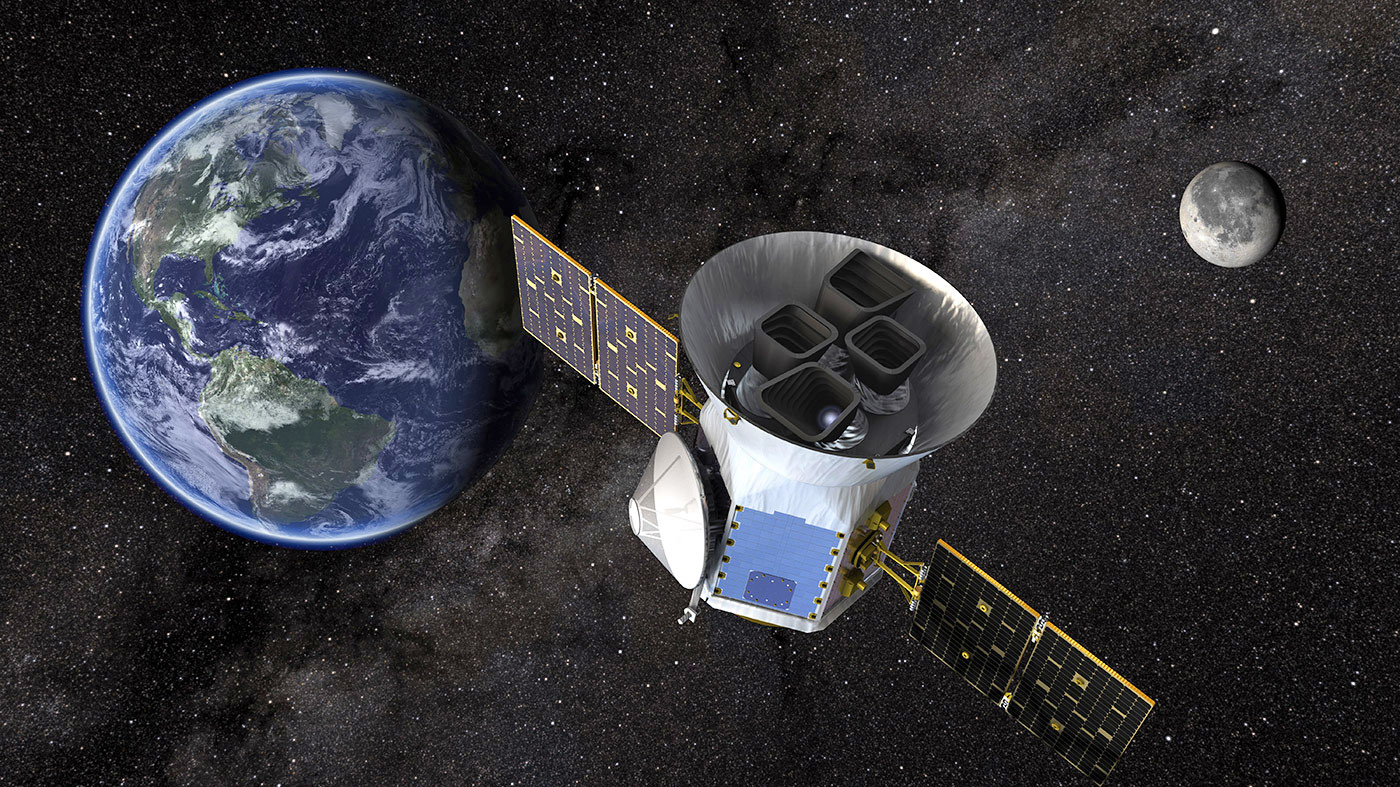It will blast off in 2017 or 2018.

The Kepler mission scopes out stars and galaxies thousands of light-years away to find exoplanets. NASA's upcoming planet hunter, however, will keep an eye on solar systems closer to home.
The Transiting Exoplanet Survey Satellite or TESS will find planets by observing stars and looking out for shadows cast by transiting planets. It will be programmed to compute for a planet's size and the time it takes to orbit its star, because those are the information astronomers need to determine if it's habitable. Since Earth- and even super-Earth-sized planets are tiny, though, TESS will observe small bright dwarf stars only hundreds of light-years away.
The Transiting Exoplanet Survey Satellite or TESS will find planets by observing stars and looking out for shadows cast by transiting planets. It will be programmed to compute for a planet's size and the time it takes to orbit its star, because those are the information astronomers need to determine if it's habitable. Since Earth- and even super-Earth-sized planets are tiny, though, TESS will observe small bright dwarf stars only hundreds of light-years away.
The satellite is slated to blast off to space in 2017 or 2018 and is expected to observe 200,000 stars within its two-year lifespan. It has the power to detect other celestial bodies and cosmic phenomena, though, so NASA will also use it to observe supernovae, binary stars and even supermassive black holes.
Source: NASA







0 comments: